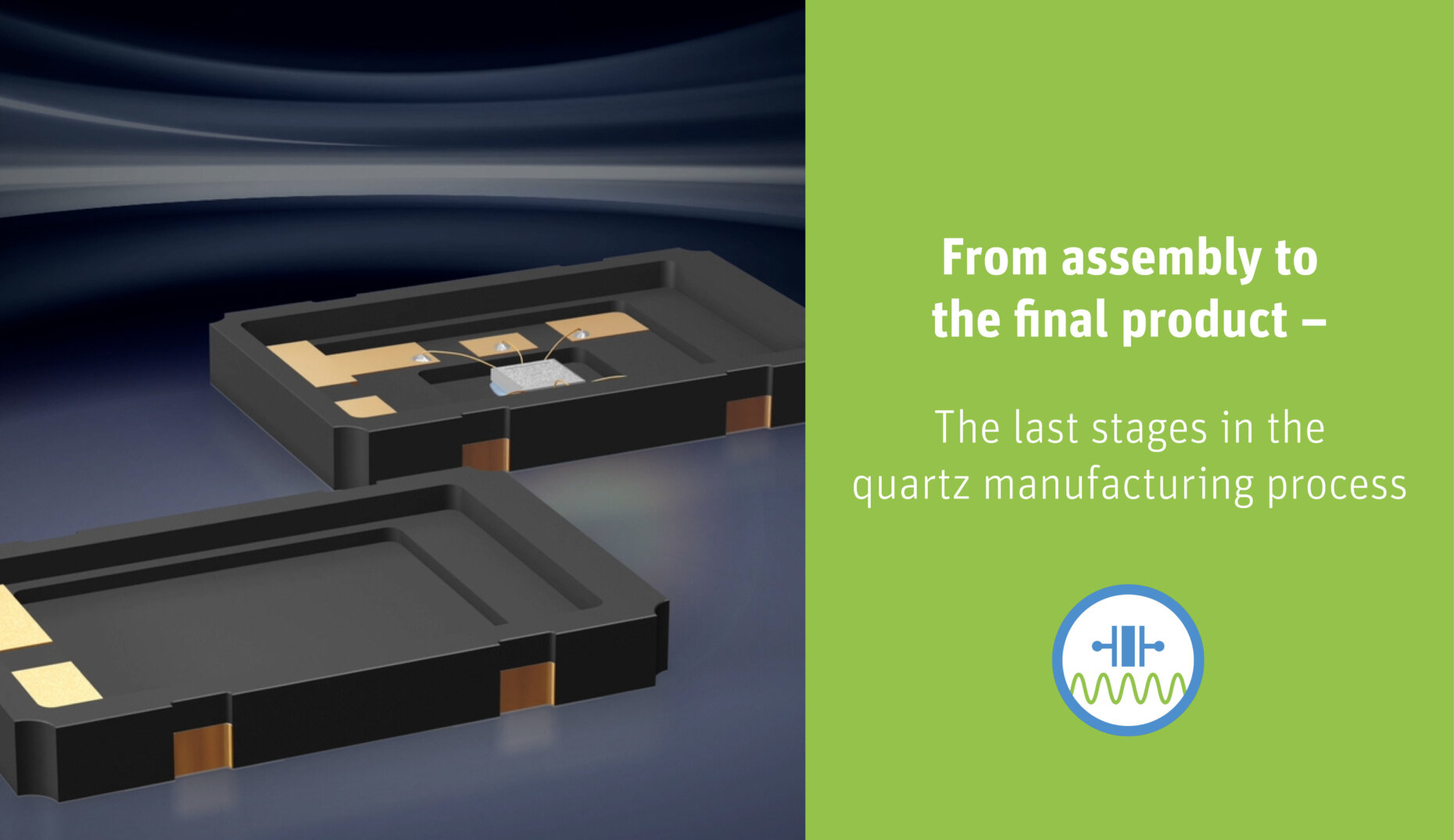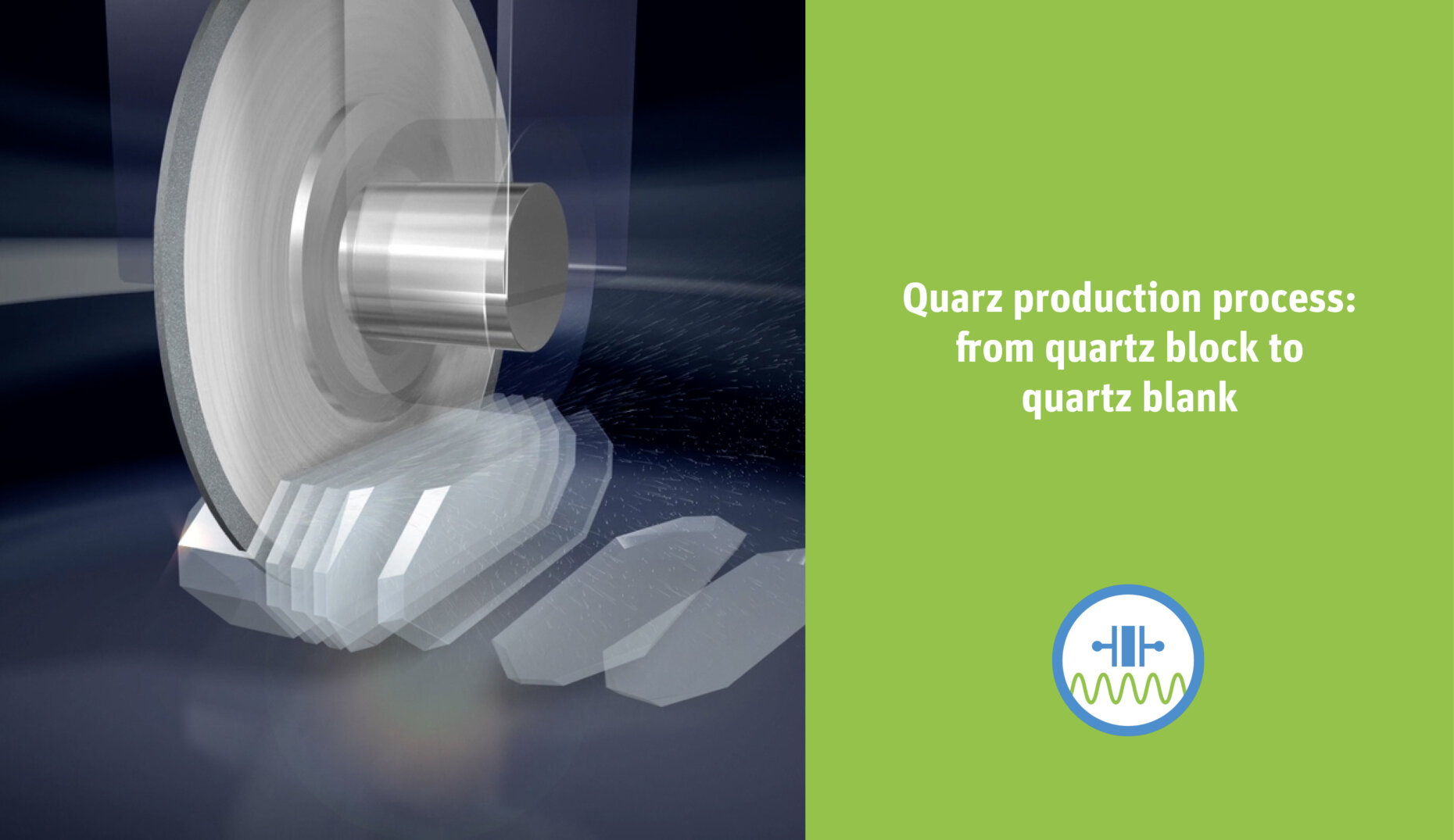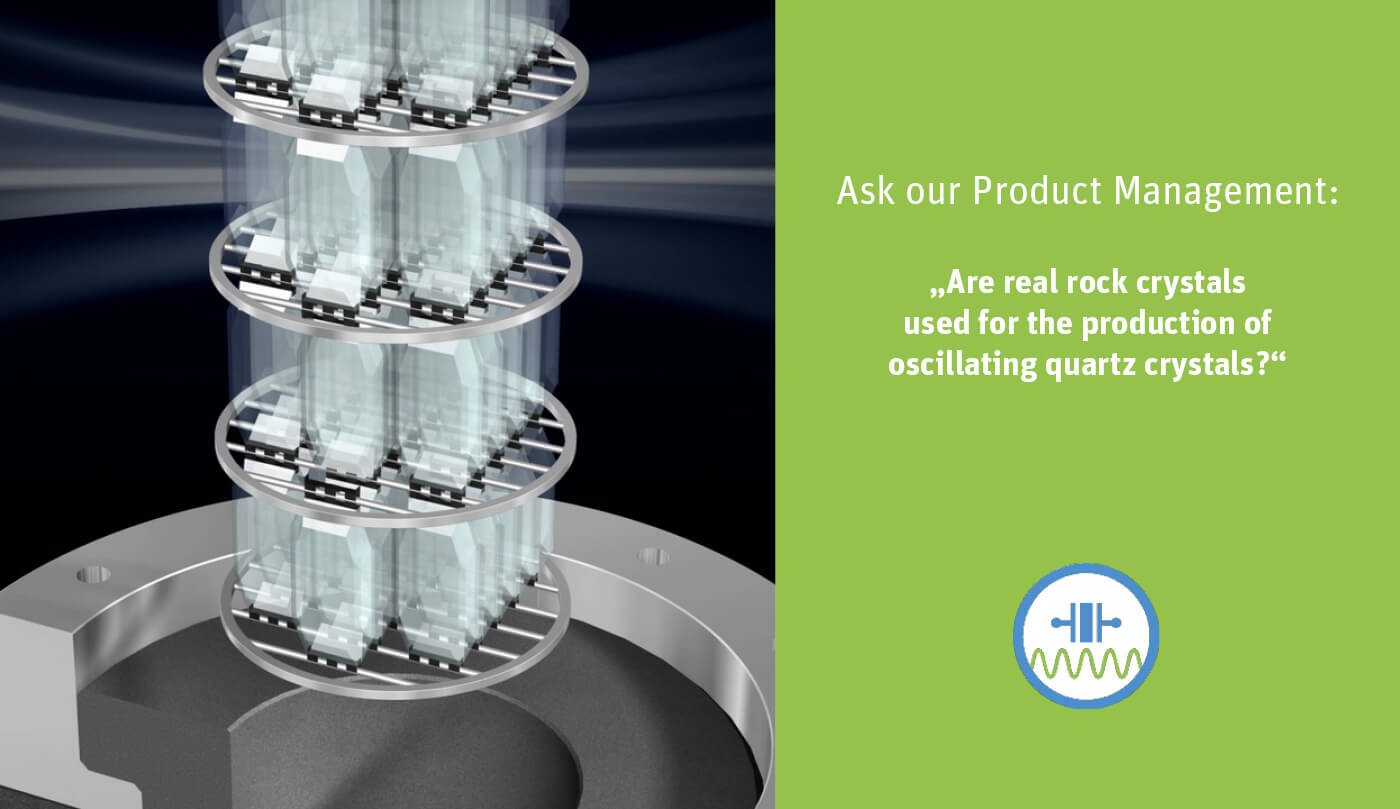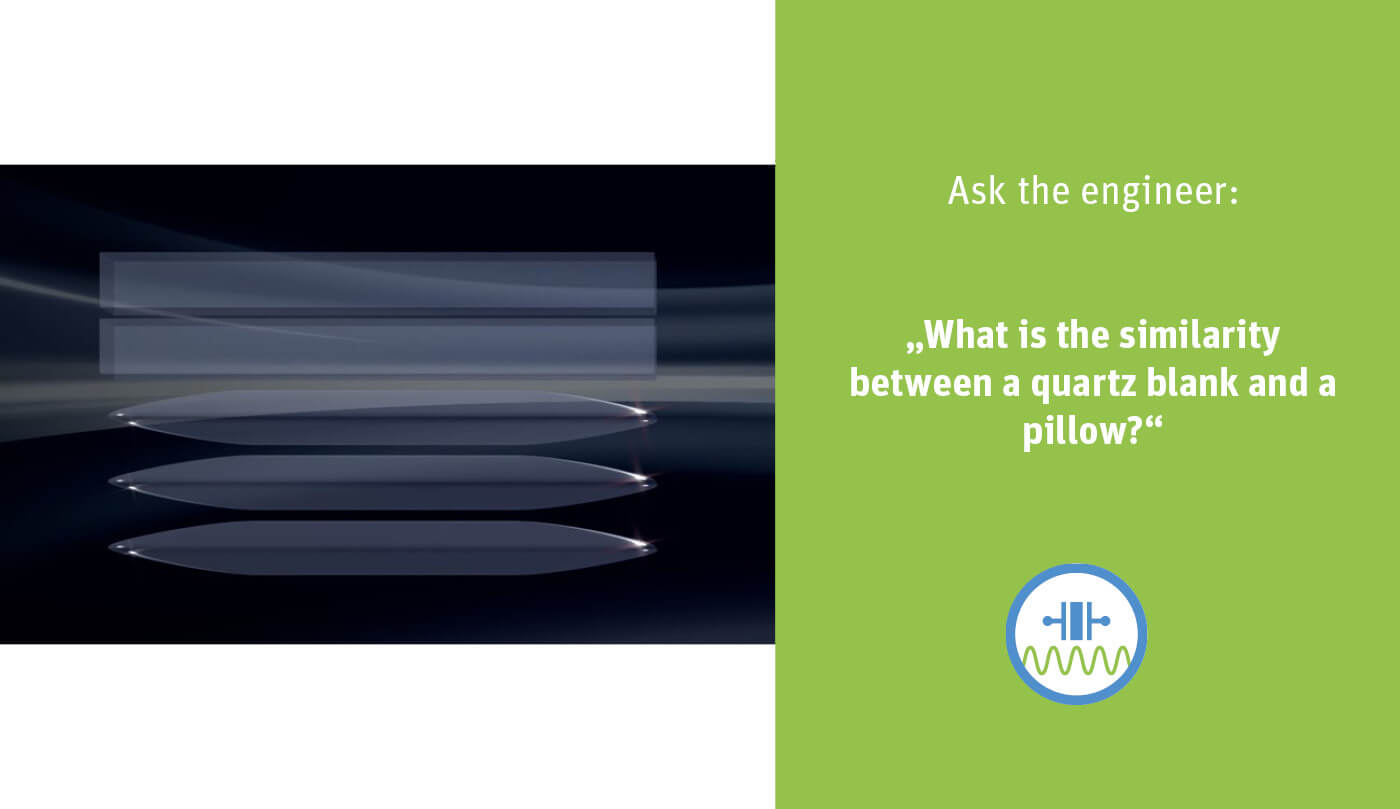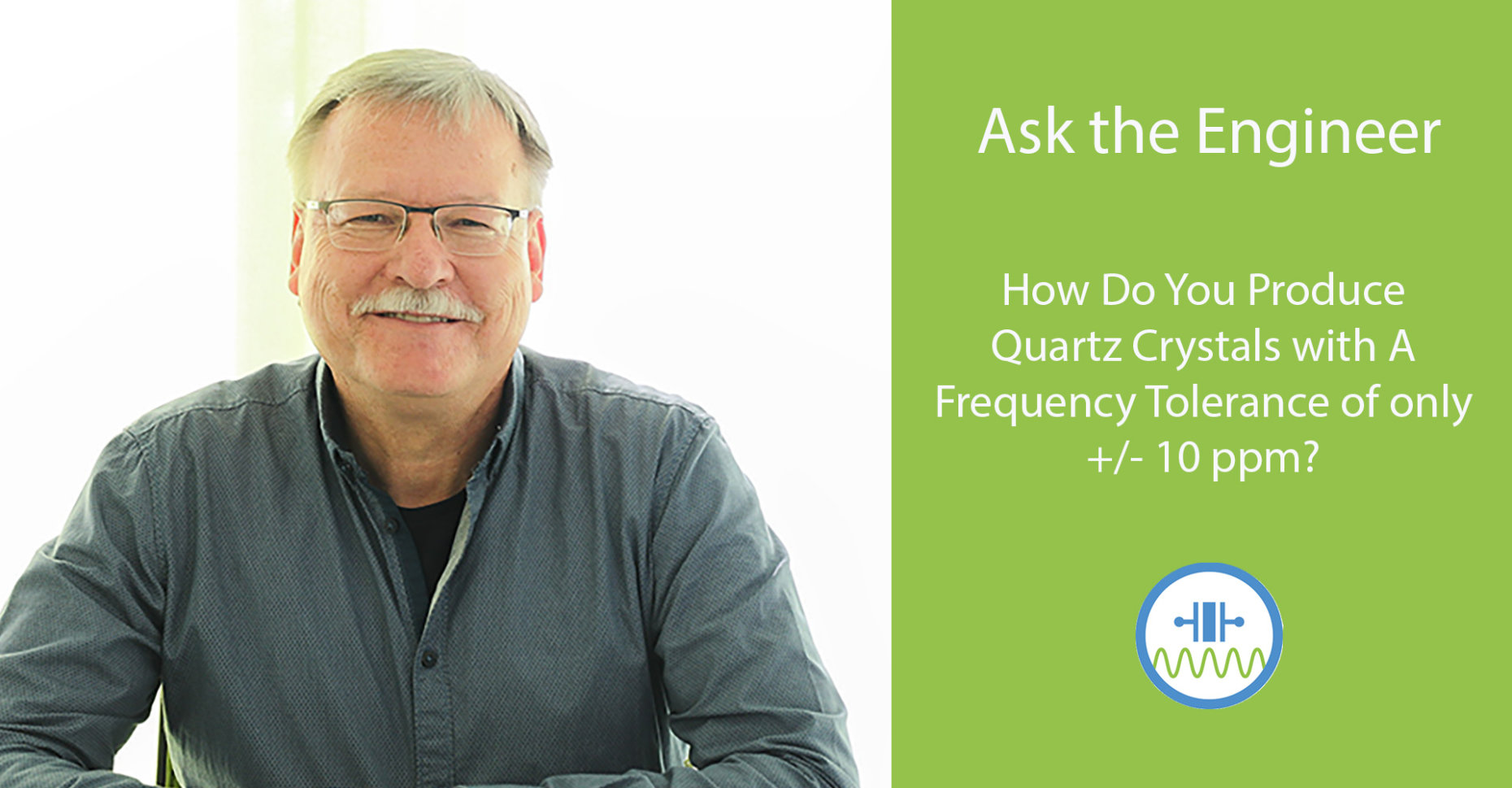From assembly to the final product – the last stages in the quartz manufacturing process
In the blog posts Ask the Product Manager: Are real rock crystals used for production of oscillating quartz crystals? and Quartz production process: from quartz block to quartz blank, we have already taken a closer look at the first stages in quartz production, what material the quartz blanks are made of and what steps are
- Published in Frequency Control Products
Quartz production process: from quartz block to quartz blank
The previous blog post entitled: Ask the Product Manager: Are real rock crystals used for production of oscillating quartz crystals? covered the initial stages in the production of these small clocks. Quartz is artificially grown in autoclaves, reaching a weight of several kilos. From this point, however, we are still a few production stages away
- Published in Frequency Control Products
Ask the Product Management: Are real rock crystals used for production of oscillating quartz crystals?
SiO2 – this is the chemical name of the base material for oscillating quartz crystals. The formula shows that it is composed of only two elements: silicon and oxygen. We also find SiO2 in its crystalline form in the nature: as natural rock crystals. Here, the question arises: Are real rock crystals used for production
- Published in Frequency Control Products, Uncategorized
What is the similarity between a quartz blank and a pillow?
Do you already know the similarity between a quartz blank and a pillow? Exactly! Both have the same shape. The so-called “bevelling” or “contouring” in the production process of quartz blanks results in the characteristic lens shape of quartz blanks. “This procedure is mainly used for ‘thicker’ blanks, which are in the low frequency range,
- Published in Frequency Control Products
Why does a quartz crystal have to be hermetically sealed?
What you always wanted to know about quartz crystals, but didn’t dare ask until now … – Why does a quartz crystal have to be hermetically sealed? At the end of the complex production of a quartz, or rather the small quartz disc, the quartz blank, it has to be mounted in a housing that
- Published in Frequency Control Products
Ask The Engineer: How Are Quartz Crystals with A Frequency Tolerance of only +/- 10 ppm produced?
Basic tone crystals with high frequencies are in great demand, especially for wireless applications in the Internet of Things industry. More and more often we find devices communicating with each other and exchanging data via radio, for example via Bluetooth, ZigBee or ISM. All these radio standards use frequency bands in the three-digit megahertz or
- Published in Frequency Control Products


 Deutsch
Deutsch 